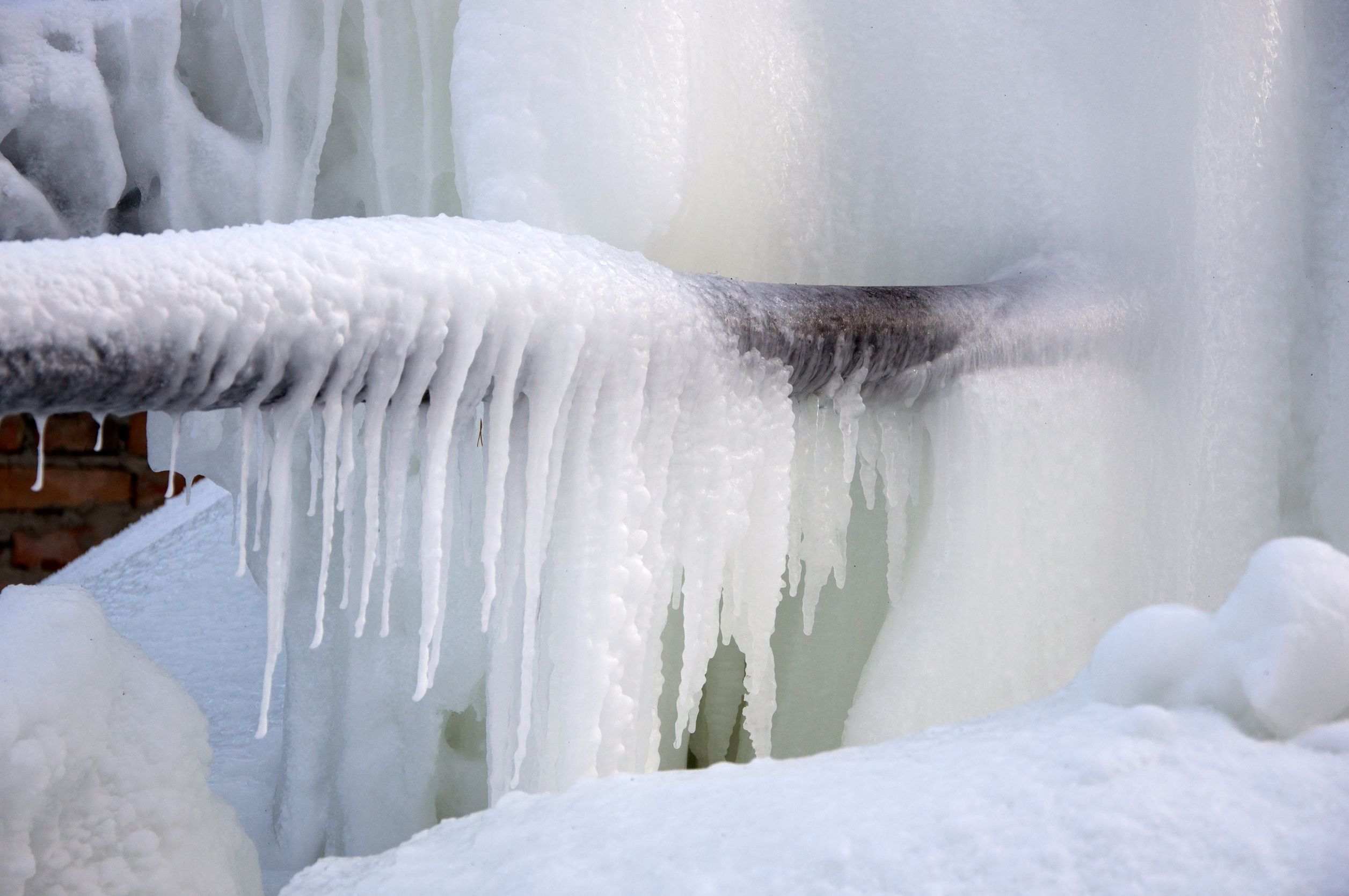Protecting Pipes from Cold Weather: Effective Methods
Protecting Pipes from Cold Weather: Effective Methods
Blog Article
The writer is making a few great pointers on How To Avoid Freezing Pipes overall in this article which follows.

Winter can damage your pipes, particularly by freezing pipes. Right here's how to prevent it from occurring and what to do if it does.
Intro
As temperature levels decline, the risk of frozen pipelines rises, potentially resulting in costly repair services and water damage. Understanding how to stop icy pipes is important for property owners in cold climates.
Understanding Icy Pipelines
What causes pipelines to freeze?
Pipelines freeze when revealed to temperature levels listed below 32 ° F (0 ° C) for prolonged periods. As water inside the pipelines freezes, it broadens, putting pressure on the pipeline walls and possibly creating them to rupture.
Threats and damages
Icy pipelines can cause water supply interruptions, residential or commercial property damages, and pricey repairs. Burst pipes can flood homes and cause substantial architectural damages.
Signs of Frozen Pipes
Identifying icy pipelines early can prevent them from bursting.
Just how to recognize icy pipes
Try to find reduced water flow from taps, uncommon smells or noises from pipelines, and noticeable frost on subjected pipelines.
Avoidance Tips
Shielding susceptible pipes
Cover pipes in insulation sleeves or make use of warm tape to secure them from freezing temperatures. Focus on pipes in unheated or external areas of the home.
Home heating methods
Maintain indoor spaces appropriately heated, specifically areas with pipes. Open up cupboard doors to enable warm air to circulate around pipelines under sinks.
Protecting Outdoor Plumbing
Yard pipes and exterior faucets
Disconnect and drain yard tubes before winter. Mount frost-proof spigots or cover exterior taps with shielded caps.
What to Do If Your Pipelines Freeze
Immediate activities to take
If you suspect icy pipelines, maintain taps available to soothe stress as the ice melts. Use a hairdryer or towels soaked in warm water to thaw pipes slowly.
Long-Term Solutions
Architectural modifications
Consider rerouting pipelines away from outside wall surfaces or unheated areas. Include additional insulation to attics, cellars, and crawl spaces.
Updating insulation
Purchase premium insulation for pipelines, attics, and wall surfaces. Proper insulation aids preserve regular temperatures and minimizes the risk of frozen pipes.
Final thought
Protecting against icy pipelines needs aggressive procedures and fast reactions. By understanding the causes, signs, and safety nets, homeowners can shield their pipes during winter.
5 Ways to Prevent Frozen Pipes
Drain Outdoor Faucets and Disconnect Hoses
First, close the shut-off valve that controls the flow of water in the pipe to your outdoor faucet. Then, head outside to disconnect and drain your hose and open the outdoor faucet to allow the water to completely drain out of the line. Turn off the faucet when done. Finally, head back to the shut-off valve and drain the remaining water inside the pipe into a bucket or container. Additionally, if you have a home irrigation system, you should consider hiring an expert to clear the system of water each year.
Insulate Pipes
One of the best and most cost-effective methods for preventing frozen water pipes is to wrap your pipes with insulation. This is especially important for areas in your home that aren’t exposed to heat, such as an attic. We suggest using foam sleeves, which can typically be found at your local hardware store.
Keep Heat Running at 65
Your pipes are located inside your walls, and the temperature there is much colder than the rest of the house. To prevent your pipes from freezing, The Insurance Information Institute suggests that you keep your home heated to at least 65 degrees, even when traveling. You may want to invest in smart devices that can keep an eye on the temperature in your home while you’re away.
Leave Water Dripping
Moving water — even a small trickle — can prevent ice from forming inside your pipes. When freezing temps are imminent, start a drip of water from all faucets that serve exposed pipes. Leaving a few faucets running will also help relieve pressure inside the pipes and help prevent a rupture if the water inside freezes.
Open Cupboard Doors
Warm your kitchen and bathroom pipes by opening cupboards and vanities. You should also leave your interior doors ajar to help warm air circulate evenly throughout your home.

I discovered that blog entry on Prevent Frozen Pipes while scouting around the internet. Sharing is caring. Helping people is fun. Bless you for being here. Don't forget to check up our blog back soon.
Order Repair Report this page